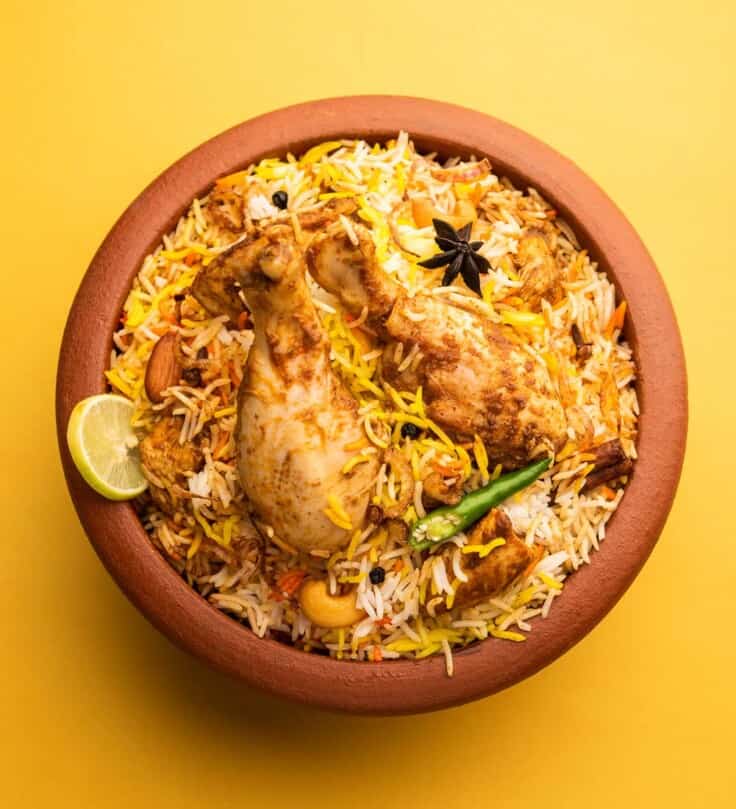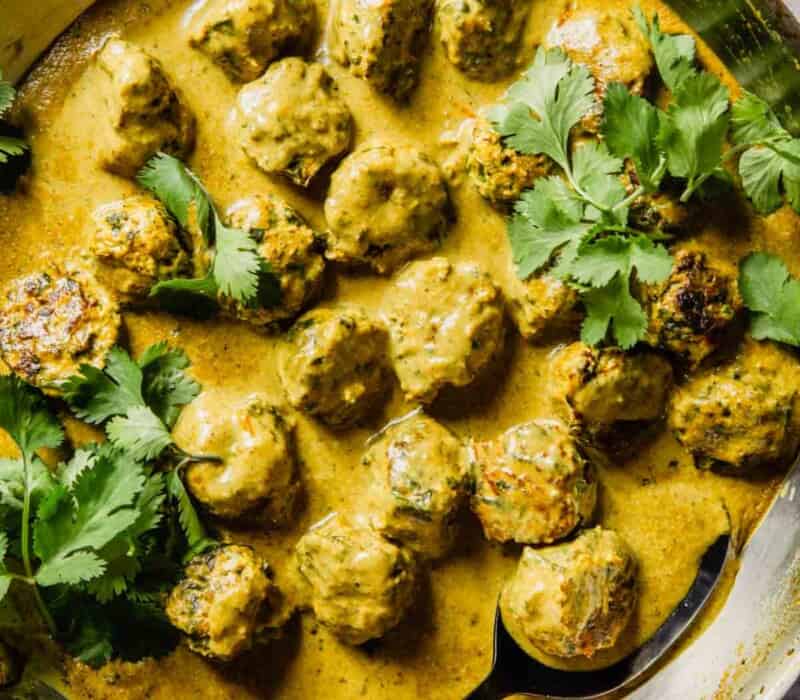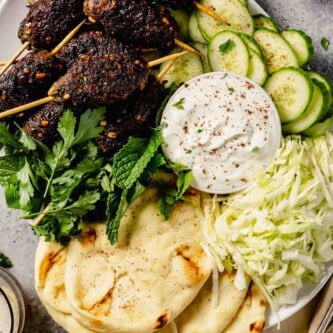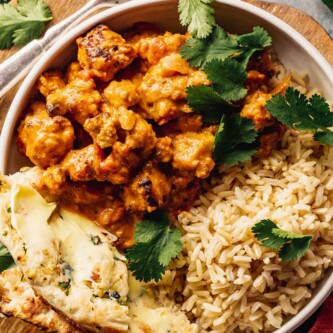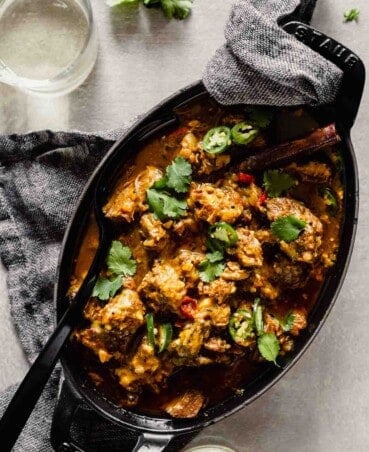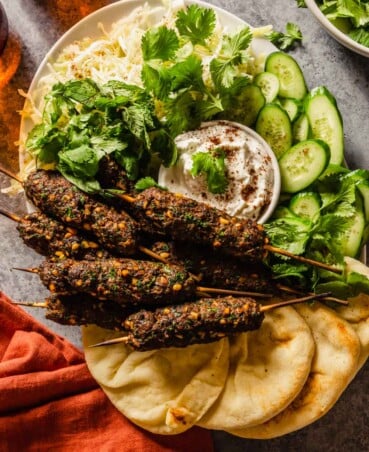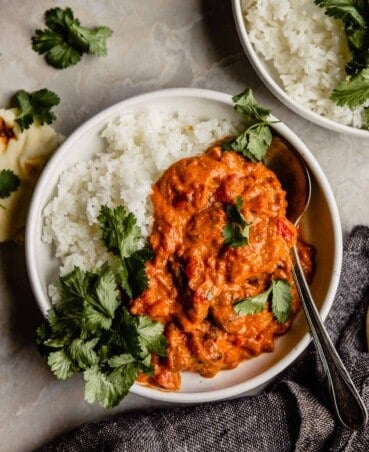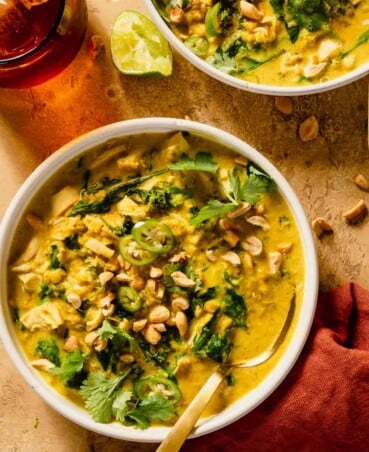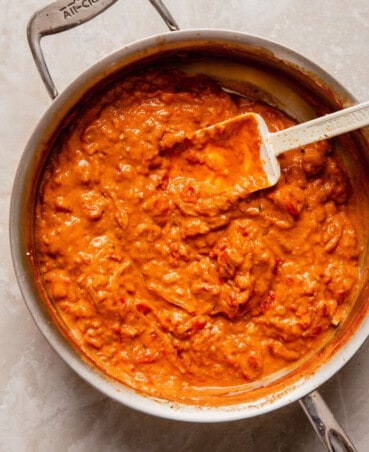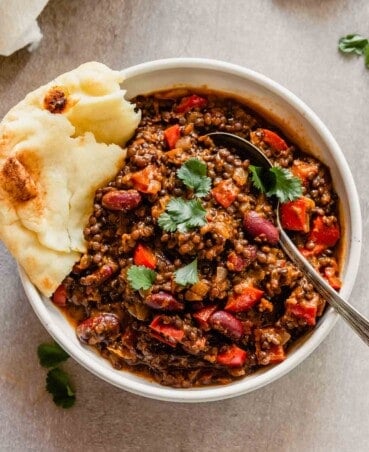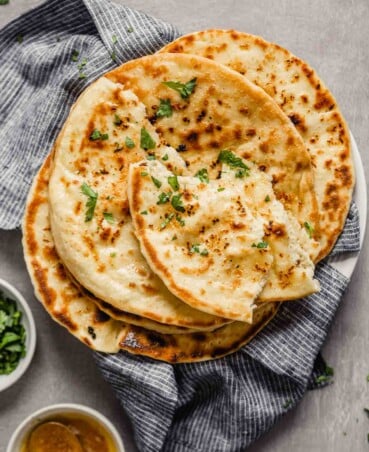The comforting smell of biryani is a hallmark of home for many South Asian families. It is a special dish synonymous with many parts of India and known throughout the world. The art of biryani is a special tradition where patience is rewarded deliciously.
Table of Contents
A Short Cultural History of Biryani
Biryani is thought to have originated in Persia, now modern-day Iran. The dish traveled to Northern India during the time of the Mughal empire—roughly the 16th century–and is extremely popular throughout South Asian countries.
Biryani is traditionally cooked for special occasions and was once considered a dish for royalty. Now it is common among all classes, with many variations that reflect the local culture.
Dozens of versions can now be found with slight nuances to each. At its heart, biryani is a rice dish with different spices, meats, or vegetables added depending on the region. However, by some reports the street food version in Iran today doesn’t even include rice, but rather spiced chunks of meat cooked in a dough. The beloved dish may continue to evolve through history.
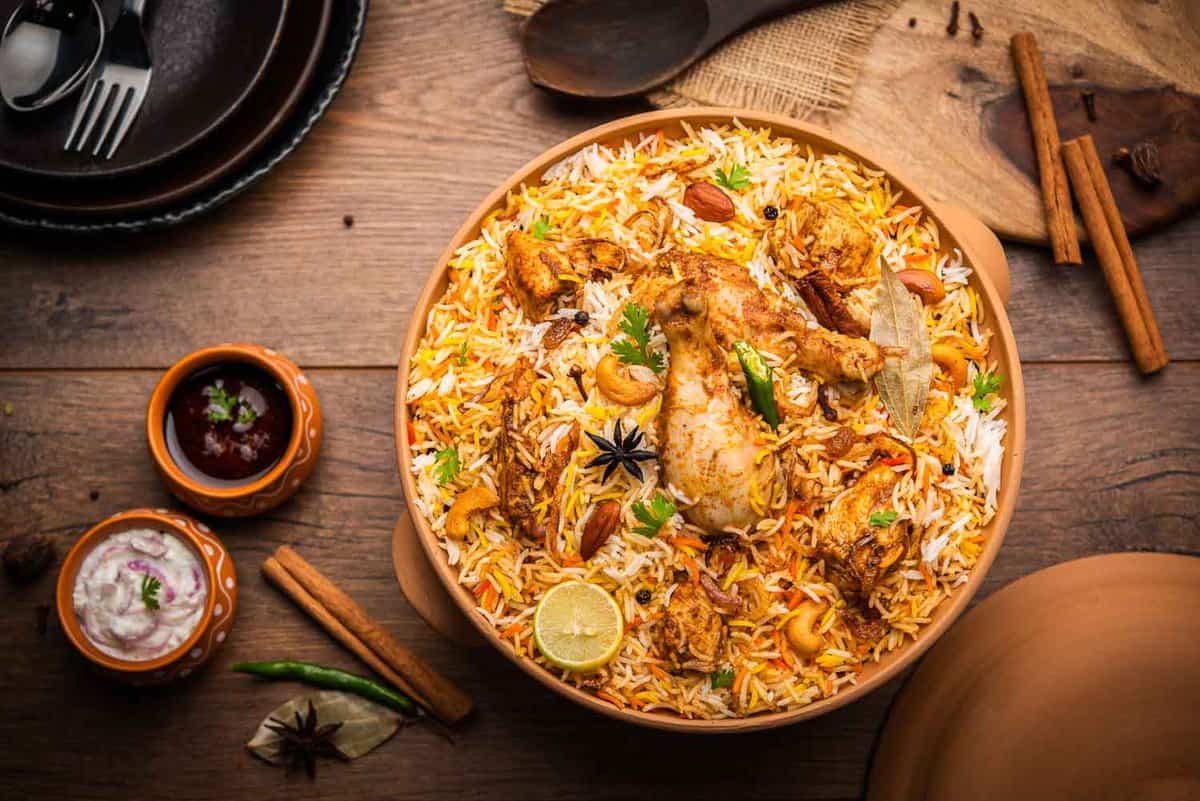
The Basics of Biryani
Biryani has MANY regional versions that reflect the culinary nuances of that area. However, there are always a few common elements. So, let’s dive into the basic elements of biryani.
Rice
Basmati rice is the most prevalent rice used in biryani dishes. Basmati is aromatic long-grain rice native to the region. The grains are very slender in shape and the starch content of the rice is relatively low compared to other long grain rice. So, the grains don’t typically clump together when cooked.
It is still recommended to wash basmati rice before cooking to release excess starches. This will yield less clumping of the grains with a fantastic tender and fluffy texture for dishes such as biryani.
Most often the basmati rice for biryani is cooked with saffron and other spices for a subtle flavor boost and bright yellow color.
Marinated Meat
A biryani traditionally includes chicken, goat, mutton, or lamb. Some coastal regions may include seafood such as shrimp and others from the far southern region may include beef.
The meat is typically marinated overnight, if possible, in yogurt and spices. The acids in the yogurt tenderize the meat and the spices infuse flavor.
Spices
The spices used for biryani can vary, but they are always a must. There may be a combination of fresh herbs, whole spices, and spice mixes such as garam masala used. A blend called biryani masala may be found in some recipes, which doesn’t exactly have a standard recipe. Here’s a great recipe for making your own biryani masala.
Cardamom, coriander, red chili, cumin, star anise, black pepper, cloves, carraway, and bay leaves are all common in a biryani recipe.
Extras
Additional ingredients can be wildly different among recipes. Sometimes whole eggs are added while other versions include potatoes. Many add fried onions or other vegetables to the mix. This is the part where creativity abounds!
Dum Pukht & Other Cooking Methods
Dum Pukht is considered the traditional way of cooking biryani and is a slow-and-low cooking method.
The biryani ingredients are layered in a heavy-bottomed pot and the top is traditionally sealed by stretching raw dough across the mouth of the pot before placing the lid on. The dough cooks and absorbs the flavors of the dish while helping the mixture steam. When brought to the table, the dough is cut open and enjoyed as part of the meal.
The modern cook may apply other sealing methods to create a similar result by sealing with foil before placing the lid. Either way, dum-style of cooking utilizes a low heat, slow cooking method to yield tender meat and vibrant flavors.
From here, there are two different ways to dum cook biryani. Kacchi means “raw.” While kacchi biryani uses parboiled rice, the marinated meat is still raw when it is put in the cooking pot. All the ingredients are fully cooked together.
Pakki biryani is a version in which the marinated meat and rice are cooked separately before being combined and briefly cooked together as a final cooking step.
There is no perfect way to cook this exceptional dish, but it is always made with love!
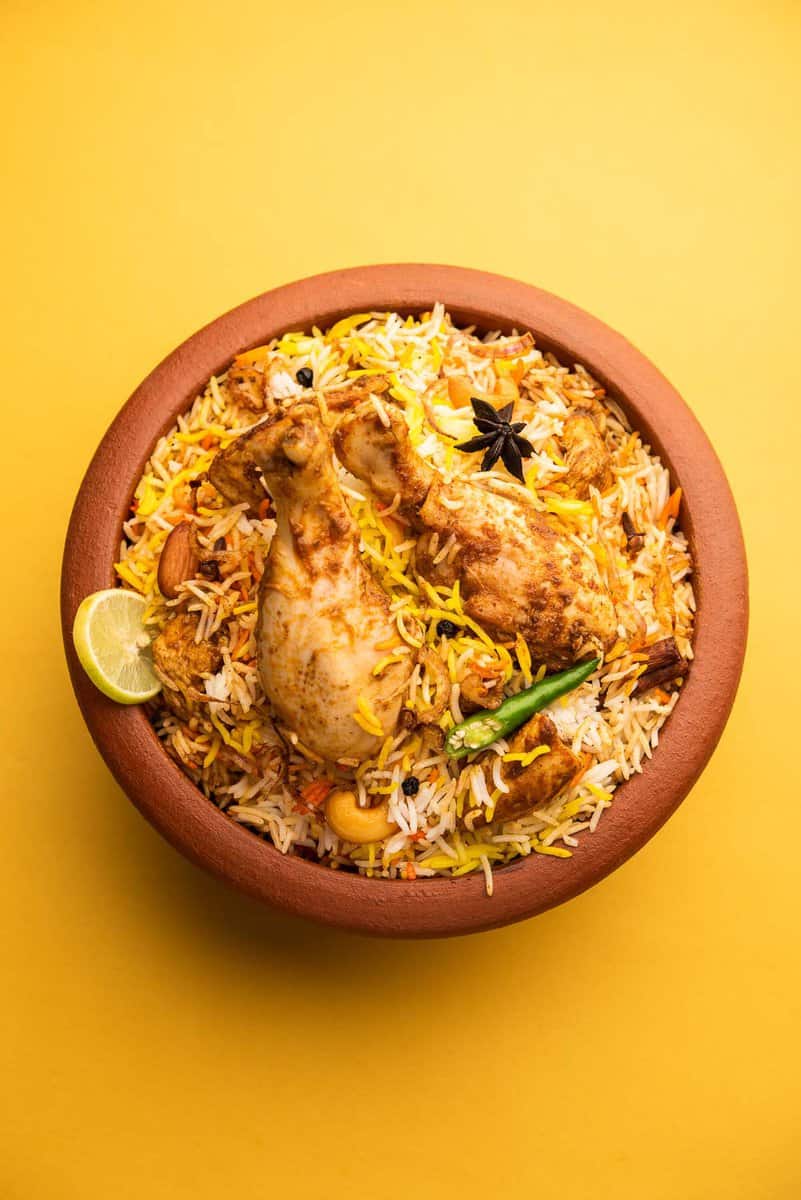
FAQ s
While we haven’t tested a biryani recipe in the test kitchen, the kacchi method of cooking is best with tender cuts of meat. The pakki method is best with tougher meats as they can be cooked separately until perfectly tender before assembling the dish. Kacchi is considered an “easier” method since it is a one-step and one-pot method. Both yield delicious results.
Plain long-grain white rice can be used, although you may miss some of the aromatic properties of basmati rice. Jasmine rice is also a great substitute if basmati rice is unavailable.
Both spice mixes can vary in their components, but garam masala and biryani masala have similar spices used in different proportions. Garam masala is versatile in its application to many different dishes, but biryani masala has stronger, specific flavors for making biryani. Garam masala can be used in place of biryani masala in a recipe if needed.
Biryani Recipes to Try
- We love this recipe for Chicken Biryani from Recipe Tin Eats.
- Serious Eats has one of the best tutorials for making a lamb version.
- If you’ve got garam masala on hand, use it to make this Chicken Recipe from Indian Healthy Recipes.
- For a lighter, and fresher variation, try this Chicken Biryani from Simply Recipes.
- When you want to enjoy this authentic dish but you don’t want it to be overly complicated, try this Chicken Biryani from Tea for Turmeric.
Other Indian-Inspired Recipes To Try
Indian-Inspired
Lamb Vindaloo
Middle Eastern-Inspired
Beef Kofta Kebab with Herbs and Naan
Soups, Stews & Chilis
Quick Curried Chicken Lentil Soup

